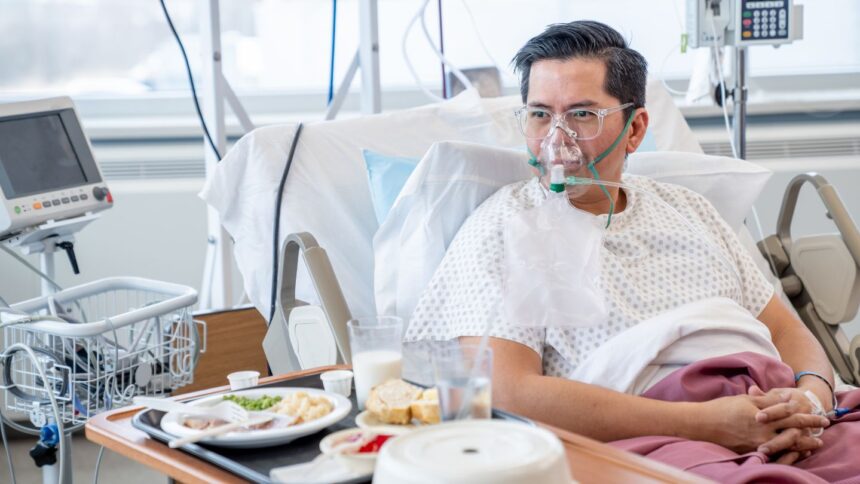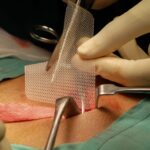Gallbladder surgery, also known as cholecystectomy, ranks among the most frequently performed surgical procedures. This operation removes the gallbladder when complications arise from gallstones, inflammation, or other medical conditions. Understanding the recovery process helps patients prepare for what lies ahead and promotes optimal healing outcomes.
Understanding the Recovery Timeline
The gallbladder surgery recovery period varies based on the surgical approach used. Laparoscopic cholecystectomy, which uses small incisions and a camera, typically requires one to two weeks for basic recovery. Open surgery, involving a larger abdominal incision, extends the recovery period to four to six weeks.
Most patients experience gradual improvement during the first week following surgery. Pain levels decrease progressively, and mobility increases daily. Full recovery and return to normal activities occur within two to eight weeks, depending on individual factors and surgical technique. The body adapts to functioning without a gallbladder over several months. The liver continues producing bile, but it flows directly into the small intestine rather than being stored and concentrated in the gallbladder.
Exploring Physical Care
Post-surgical care focuses on wound management and gradual activity resumption. Surgical sites require daily cleaning with mild soap and water. Pat the incisions dry gently and avoid scrubbing the area. Watch for signs of infection, including increased redness, swelling, warmth, or unusual discharge.
Activity restrictions apply during the initial recovery phase. Avoid lifting objects weighing more than 10 pounds for the first week following laparoscopic surgery or six weeks after open surgery. Climbing stairs is acceptable, but proceed slowly and rest when needed. Walking represents the best form of early exercise and helps prevent blood clots and pneumonia. Begin with short distances and gradually increase walking time and distance as comfort permits.
Avoid strenuous activities, including running, heavy lifting, or intense exercise, until medical clearance is received. Return to work depends on job requirements and surgical approach. Desk jobs may resume within a few days to one week after laparoscopic surgery. Physical labor positions require longer recovery periods, often four to six weeks.
Identifying Dietary Adjustments
Dietary modifications support the digestive system as it adapts to functioning without a gallbladder. Begin with clear liquids and progress to bland, low-fat foods during the first few days. Gradually reintroduce regular foods while monitoring digestive responses.
Fat digestion changes after gallbladder removal. Without bile storage and concentration, large amounts of dietary fat may cause digestive discomfort. Reduce portion sizes of fatty foods and distribute fat intake throughout the day rather than consuming large amounts at once.
Fiber intake requires careful management. While fiber supports healthy digestion, increasing it too rapidly may cause gas and bloating. Add high-fiber foods gradually and drink plenty of water to support digestive function. Some patients experience temporary digestive changes, including loose stools or increased bowel movement frequency. These symptoms typically resolve within a few weeks as the digestive system adjusts.
Learn More About Gallbladder Surgery
Gallbladder surgery recovery requires patience and adherence to medical guidance. The healing process progresses gradually, with most patients returning to normal activities within several weeks. Proper wound care, gradual activity resumption, and dietary modifications support optimal recovery outcomes. Monitor your body’s responses throughout the recovery process and communicate any concerns to your healthcare provider. While temporary digestive adjustments are normal, persistent or worsening symptoms warrant medical evaluation. Following post-operative instructions and attending scheduled follow-up appointments promotes successful healing and long-term health.





